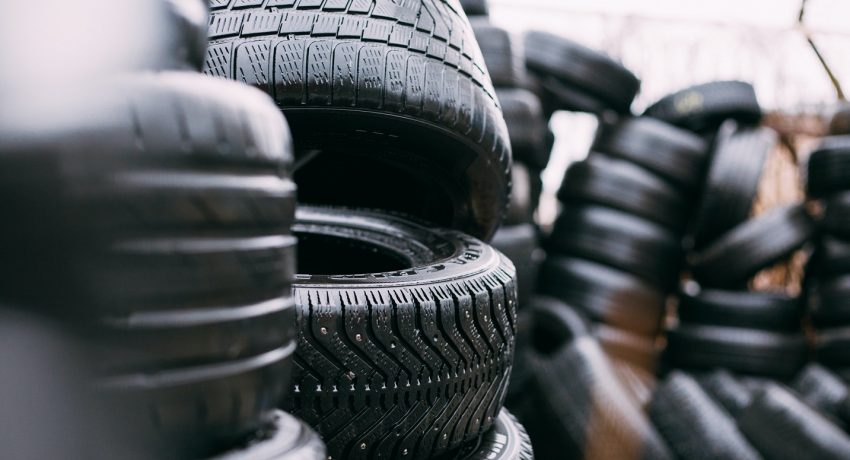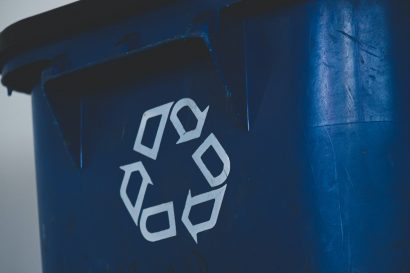AG INSIGHT | 21/06/2018
Driving resource efficiency with improved labelling of tyres

Mike Cole, Head of Public Affairs – UK & North Europe at Michelin Tyre, emphasises that while demand for resource-efficient products is increasing, the tyre labelling regime needs to be changed to help consumers make an informed choice.
It’s almost unheard of these days for a tender not to ask for evidence of a company’s sustainability, and major contracts can be won or lost on the back of the responses. The pounds, shillings and pence are always going to be a critical factor in business to business decision-making, but showing green credentials is now much more than a token box-ticking exercise.
Car and truck fleets, for example, look for suppliers, including tyre makers, which can show how they and their products are reducing environmental impact up and down the entire length of the supply chain.
So profit and resource efficiency are by no means mutually exclusive – in fact they are becoming inextricably linked. For example a tyre that lasts longer reduces environmental impact and it can save customers money, and the same goes for a tyre that uses less fuel.
All of which is encouraging, but it’s only part of the story. Huge car, truck and bus fleets have the ability to measure how long a tyre lasts and how much fuel is used, and they can factor those results into the decision-making process.
The challenge ahead
Small businesses and private motorists aren’t so fortunate, however, and business to consumer transactions in the automotive industry are often much more driven by price rather than value. Consumers need clear, relevant information so they can make their decisions based on a variety of factors – including resource efficiency.
In our industry, tyre labelling has been a step in the right direction. Every new tyre on the market in the EU carries a label showing how fuel efficient it is, how well it brakes in the wet and how much road noise it produces.
But policy-makers need to be aware that some manufacturers still see sustainability and profit as opposing forces and pursue programmes of planned obsolescence. The tyre industry is a case in point, and unwittingly tyre labelling is playing its part.
The tyre label is just a snapshot of the product when it is brand new. But how does that tyre perform after it has been driven on for 10,000 miles? Or 20,000 miles?
How many miles a tyre can achieve before hitting the minimum legal tread depth of 1.6mm is just part of the resource efficiency story. Performance over that lifetime is also critical, and some tyres rated A for wet braking when new on the tyre label might only manage performance that would achieve a D or E rating when worn.
That has led to parts of the industry calling for motorists to change tyres when tread depth hits 3mm, but the environmental implications of this becoming standard practice compared to a standard practice of changing at 1.6mm are significant.
Across Europe, Ernst & Young calculates, 35 per cent more raw materials would be used, an additional 5,700 hectares of deforestation would take place and an extra 6.6 million tonnes of CO2 would be produced.
Meanwhile motorists would pay out an extra 6.9 billion euros a year in tyre costs and increased fuel consumption – because tyres become more fuel-efficient as they wear.
The arguments for changing at 3mm generally centre around safety, and wet braking performance certainly declines as a tyre wears. But it doesn’t have to decline so sharply that safety becomes an issue.
What can be done?
Every tyre manufacturer is capable of making a product that performs well down to 1.6mm, but some choose not to. Instead, they make tyres that don’t perform well enough in the wet when they are worn, safe in the knowledge that their product will receive an A or B rating when it’s tested new.
This is unacceptable for the environment and it’s unacceptable for the motorist. And it could be virtually eliminated by simply replacing the wet braking when new test with a wet braking when worn test.
Product labelling in general has the potential to encourage and reward resource efficiency throughout the motor industry, and tyre labelling specifically can help consumers make decisions based at least partly on resource efficiency.
There is debate around whether companies that prioritise profits over resource efficiency should be penalised in some way. I would argue this is unnecessary. Demand for resource-efficient products and services, made by resource-efficient companies, is inexorably on the rise.
This means the short-termism of the resource-inefficient business will in the end be penalised by the customer. And it is the job of industry and policy-makers to support and accelerate this process – by giving potential customers the information they need to reward resource efficiency through their buying decisions.
Mike Cole is Head of Public Affairs – UK & North Europe at Michelin Tyre



